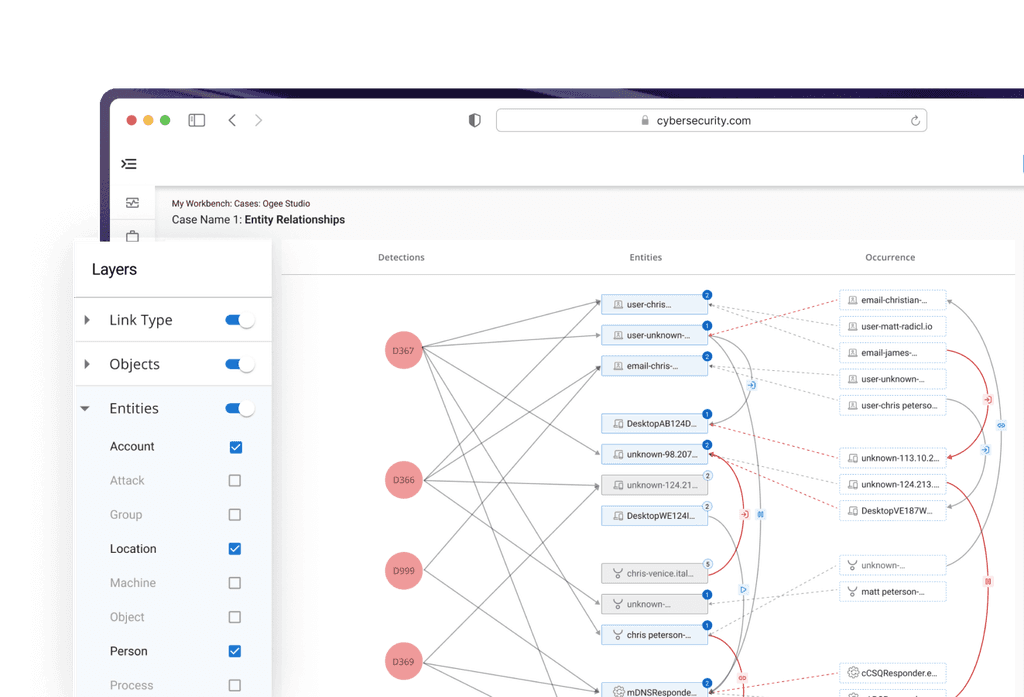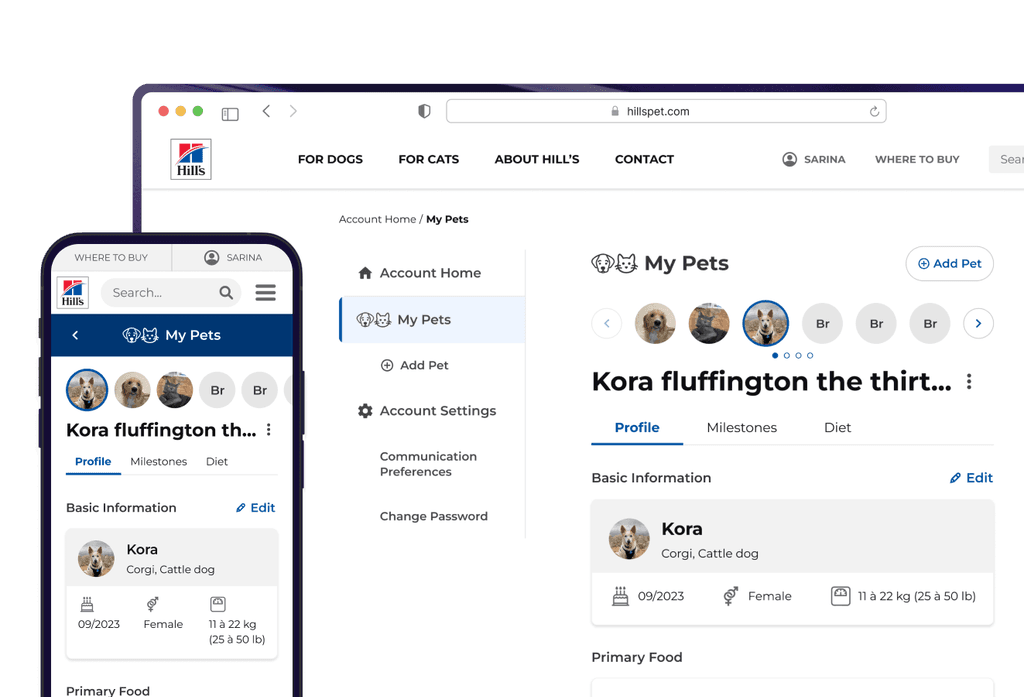Duration
2 months Dec 2022 - Jan 2023
My Role
Primary point of contact for clients, Iterating on designs as per feedback, Assisting developers to translate design into functional product
Ogee Studio Team
1 UX Designer 1 UX Manager


Ridgewood is a platform that helps sellers efficiently manage their inventory and optimize their business performance.
It helps Amazon FBA (fulfilment by amazon) sellers manage shipments, track missing inventory, monitor sales reports, and oversee catalogs while supporting multiple seller accounts to save time. By leveraging data insights, it optimizes inventory management, minimizes wastage, streamlines stock levels, and improves decision-making with a user-friendly analytics platform.
Two significant limitations were identified in the beginning of the project
😕
No Direct User Contact
⏳
Limited Timeframe
We were constrained by a tight timeframe, needing to grasp requirements, design 15+ intricate features, and develop the product within just two months.
Despite the limited timeframe, considerable amount of impact was created
Successfully delivered as a part of the dashboard and the monitor drilldowns
Detailed design system and annotations streamlined the development process
Communicated closely with the client to understand their vision for the product
During this phase, the client shared an overview of the product's concept, including its purpose, goals, and the problems it aims to solve. This included specific use cases and desired user interactions. Discussing these requirements in detail helped us understand their objectives and align our design efforts accordingly.
Kickoff meeting with the client and developers
Outdated tracking methods and lack of real-time visibility made managing inventory taxing
Sellers were using outdated tracking methods without real-time visibility, thus struggling to manage inventory efficiently. Additionally, tracking multiple seller accounts was tough, leading to stock discrepancies, delayed order fulfillment, and a higher risk of overselling.
🧑🏻💻
Manual Processes
Sellers often rely on manual data entry and inventory updates, which are prone to human error and take significant time to complete.
🧩
Disconnected Systems
Many sellers use multiple platforms and systems for different parts of their business, resulting in fragmented data.
⚙️
Inefficient Tools
How might we modernize inventory tracking methods and improve real-time visibility to make managing inventory more efficient and less taxing?

Adopting a modern system that provides real-time tracking and automation for efficient stock control.
Dynamic Visuals
Real-time, interactive graphs provid clear insights, eliminating the need for outdated tracking methods.
Predictive Insights
Forecasting tools help businesses plan ahead, reducing reactive inventory management.
Customizable Views
Users can personalize dashboards to focus on key metrics, making inventory management simpler.
Integrating 7 key features into a unified dashboard, offering users a comprehensive, all-in-one solution.
The objective was to minimize the dependency on menus for accessing features within platform, thus balancing business value with strong user engagement.
The designs underwent multiple iterations to enhance clarity, prioritization, and visual balance for a more user-focused experience.
Incorporating both visualisations and tabular data to enhance comprehension to give users the agency to choose what they want to dive deep into first
The goal was to support different learning styles and make it easier for sellers to understand the information. By aligning the interface with MS Excel's familiar layout while also providing visualizations for better understanding of insights, sellers can adapt quickly, improving ease of use and overall satisfaction.
Let's go through the work that went in to come up with the final mockups















